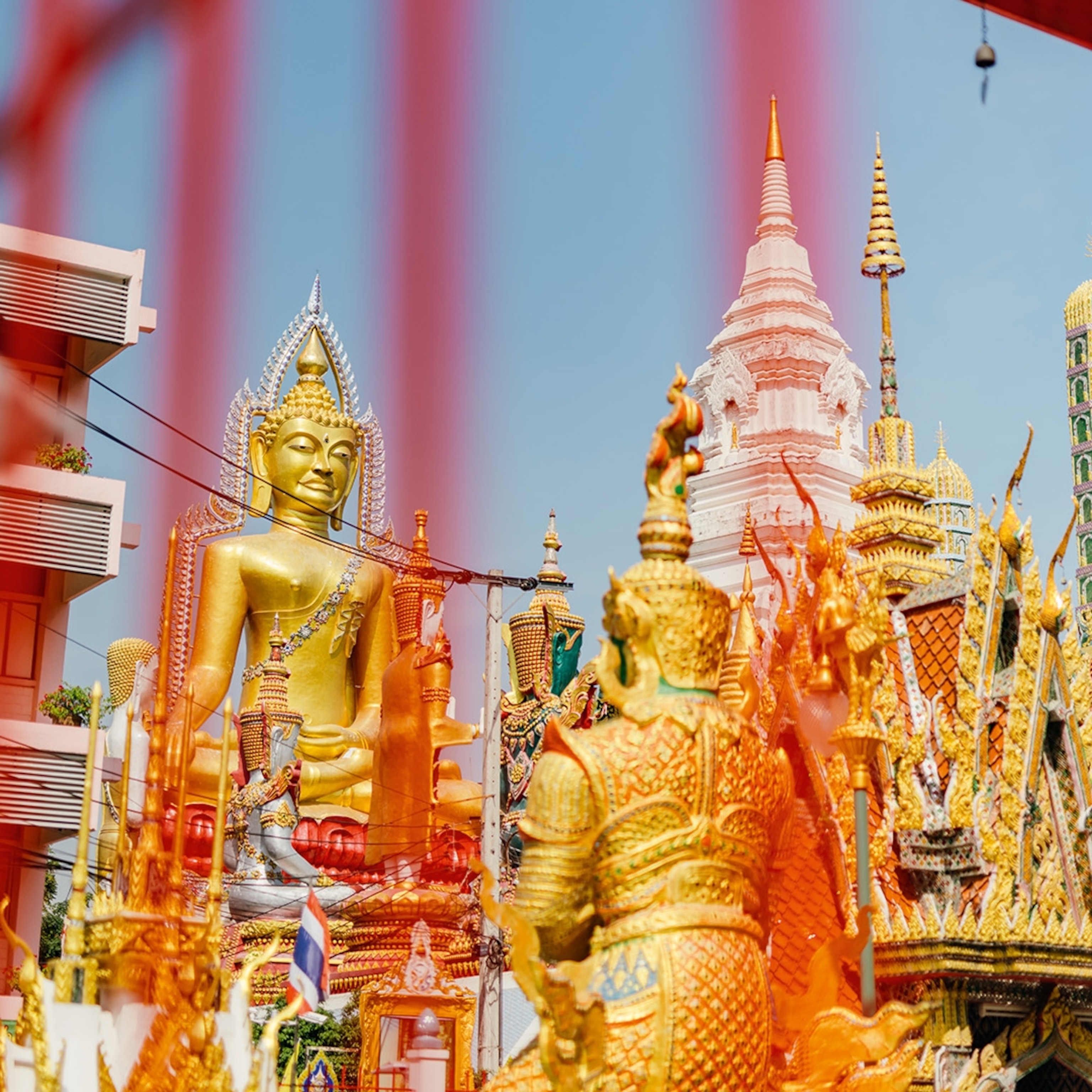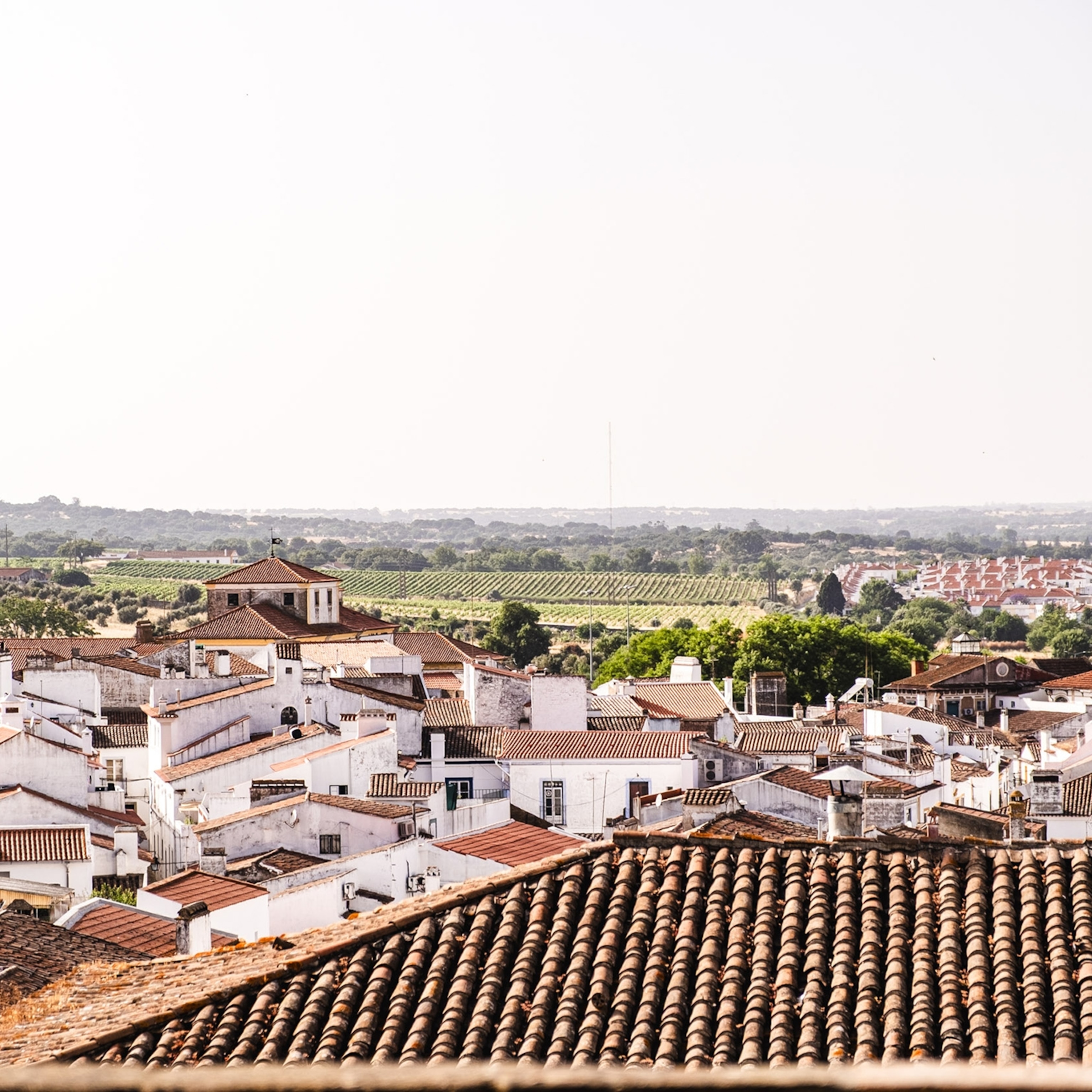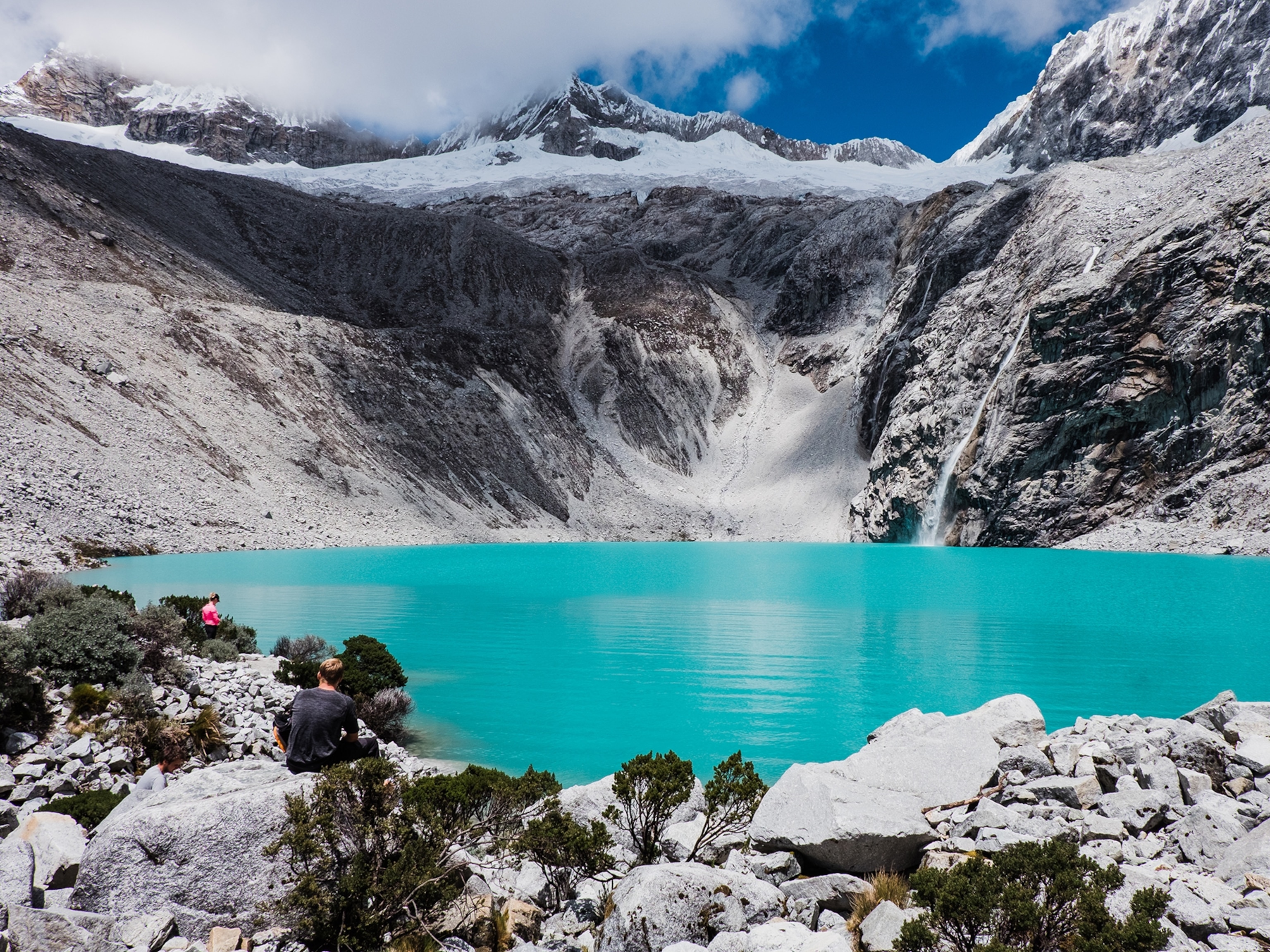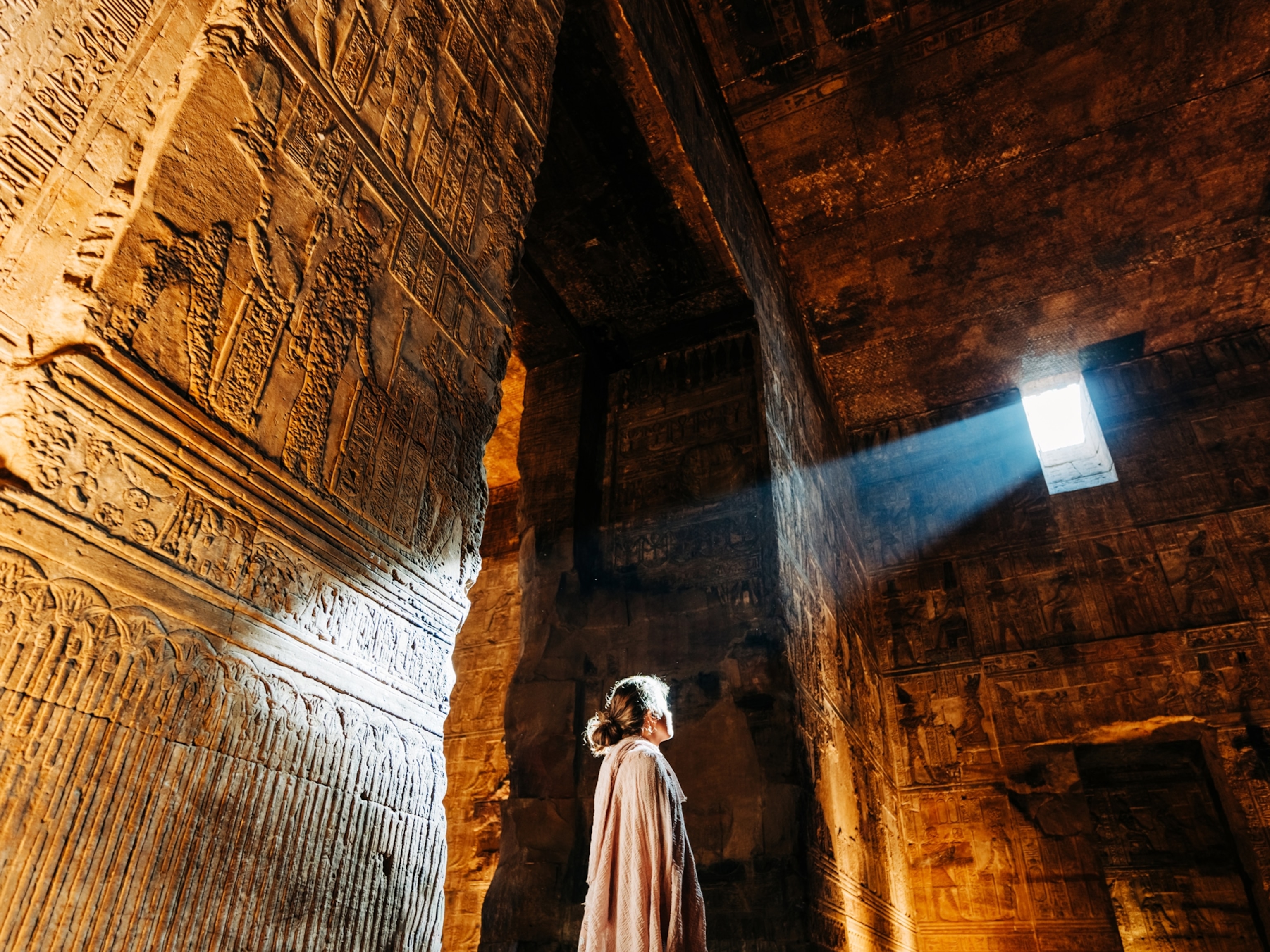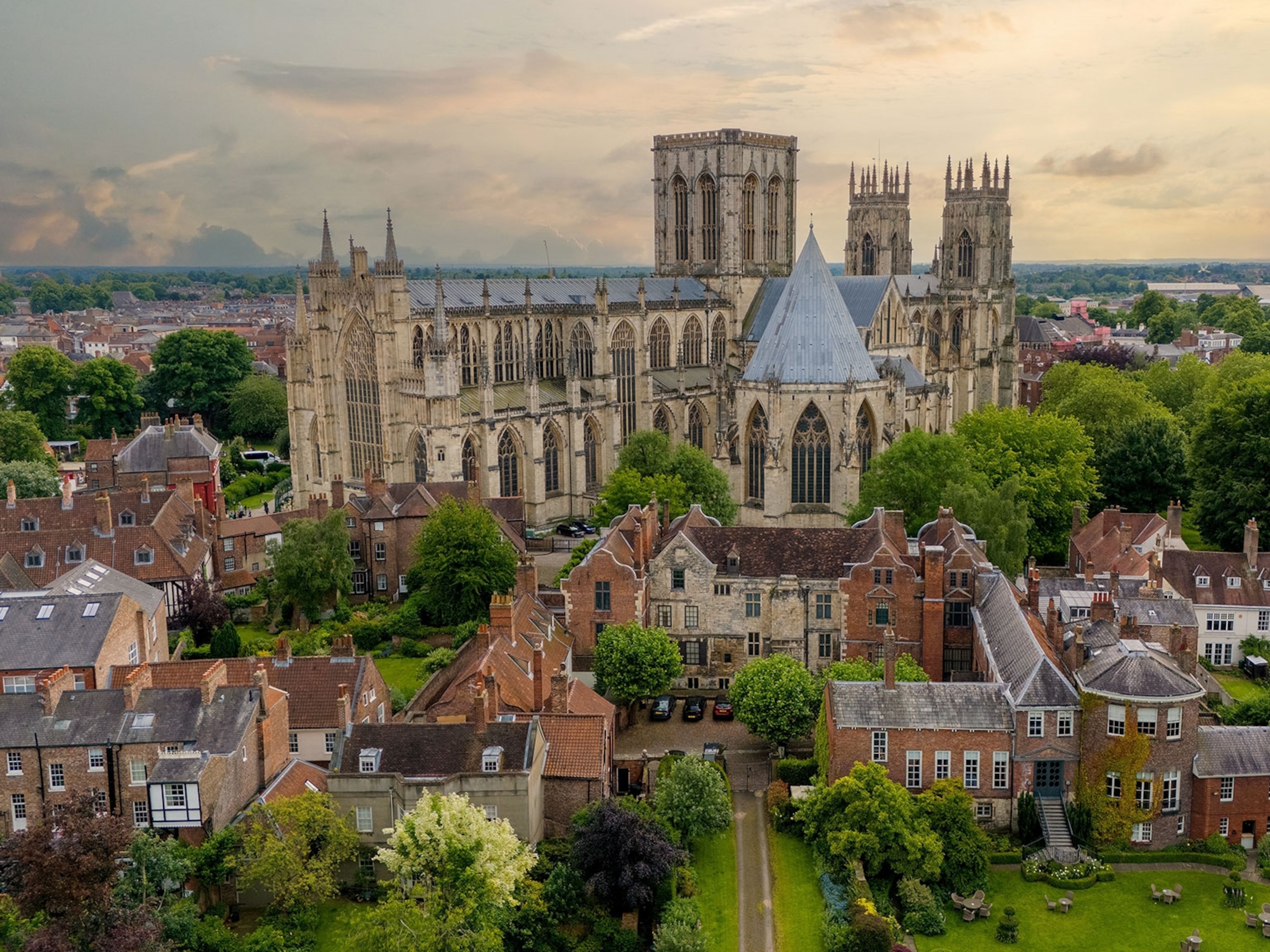
Hiroshima: Ancient Works, Stunning Sights, Passion for Peace
This Japanese city is one of the country’s top destinations, for reasons that might surprise you.
Hiroshima, an ancient Japanese city that has witnessed samurai and shoguns, withstood earthquakes and floods, undergone an unprecedented atomic attack, and flourished as a modern metropolis, is thriving as one of Japan’s top tourist destinations. Visitors are flocking to this city on Japan's main island of Honshu to take in the spectacular sights, explore ancient history, and feel the pull of peace.
PEACE MEMORIAL PARK

A serene expanse of public squares and green lawns in what was the administrative and commercial heart of Hiroshima belies the destruction that occurred here on August 6, 1945, when the United States dropped an atomic bomb on the city. An estimated tens of thousands died and more than two-thirds of the city was destroyed. Today, the 30 acres of Hiroshima Peace Memorial Park contain monuments, memorials, and public spaces dedicated to the victims of the blast and the pursuit of peace.
An eerily beautiful skeleton, the Hiroshima Peace Memorial (or Genbaku Dome) was the Hiroshima Prefectural Industrial Promotional Hall at the time of the bombing and was the only building in the blast’s hypocenter to survive. It has been preserved exactly as it was immediately following the blast, with the metal framework of its dome exposed. A 1966 resolution by the city council read, in part: “Along with the demand to stop nuclear war and ban all hydrogen and atomic bombs, preservation of the dome is the sincere wish of the atomic bomb survivors, all citizens, and people all around Japan who pray for peace.” It became a UNESCO World Heritage site in 1996.
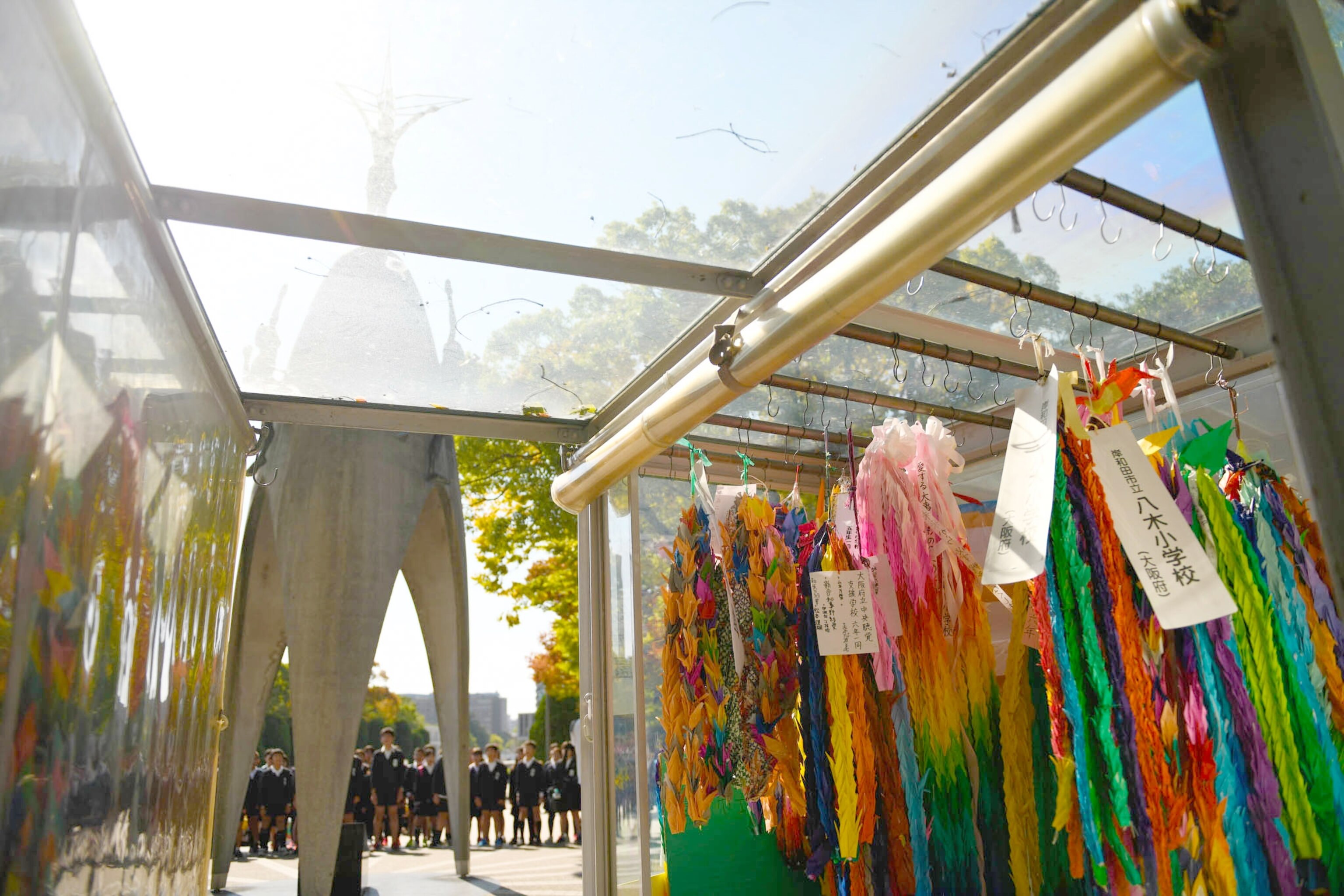
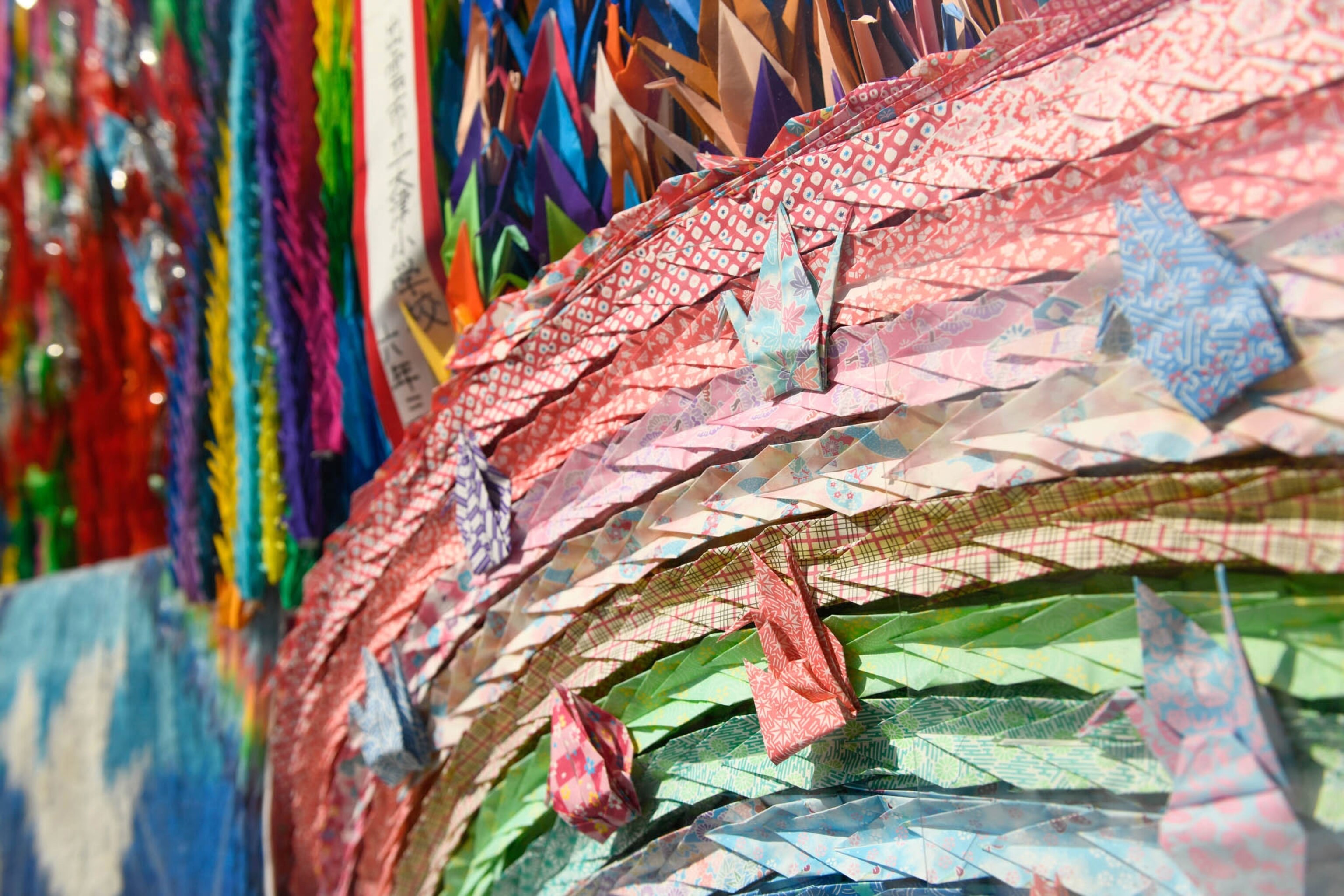
The Children’s Peace Monument is a hopeful remembrance of the young lives lost in the attack and its aftermath. A statue honors Sadako Sasaki and her quest to create one thousand origami cranes before her death, which came 10 years after the blast from radiation-induced leukemia. She was 12. Sadako’s paper cranes have become an international symbol of the pursuit of peace; thousands are sent in from around the world and displayed in glass cases at the monument.
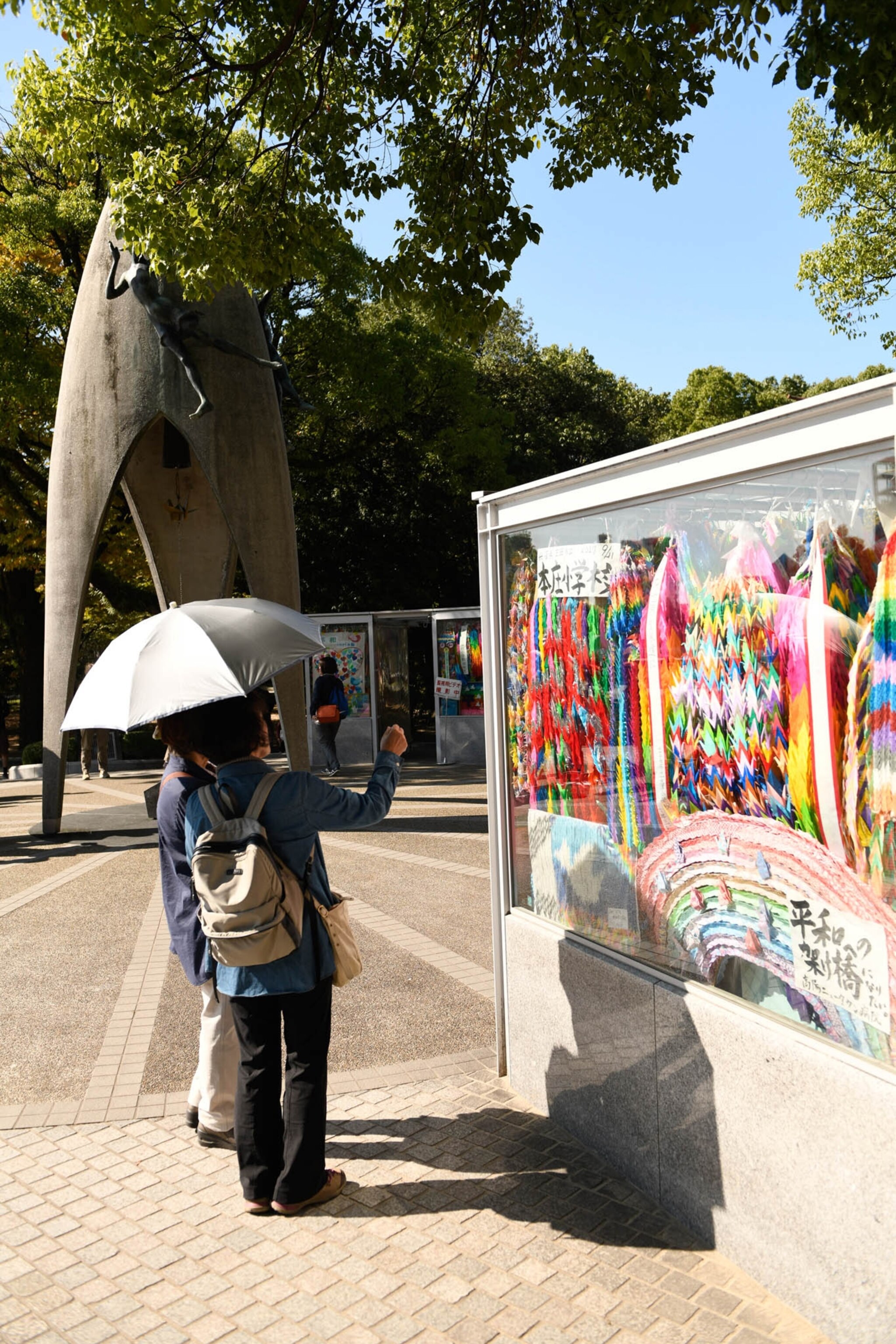
Also in the park are the Hiroshima Peace Memorial Museum, a cenotaph for the victims, a peace bell, and 24 “phoenix” trees that survived the blast and have been carefully tended since.
HIROSHIMA CASTLE
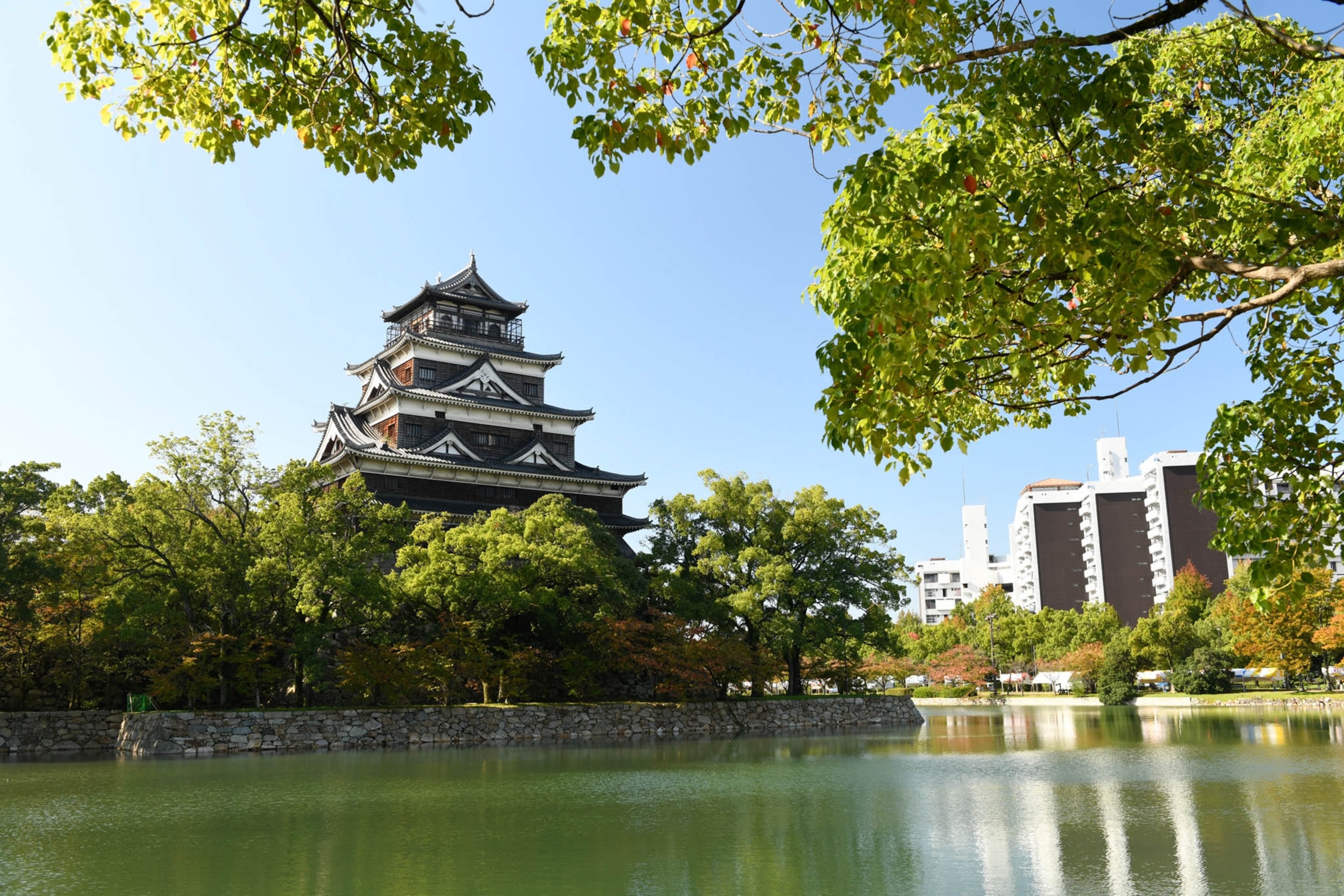
Originally constructed in the late 16th century at the delta of the Ota River, Hiroshima Castle was home to generations of feudal lords until the abolition of the han system in 1871. After that, the castle—complete with moats—was used as a military facility until it was destroyed in the atomic blast. The tower, or tenshu, was rebuilt in 1958 and now houses a history museum. In springtime, about 450 cherry blossom trees turn the grounds into a Technicolor vision. The tower’s fifth-floor observation platform offers sweeping views of the city.
MIYAJIMA
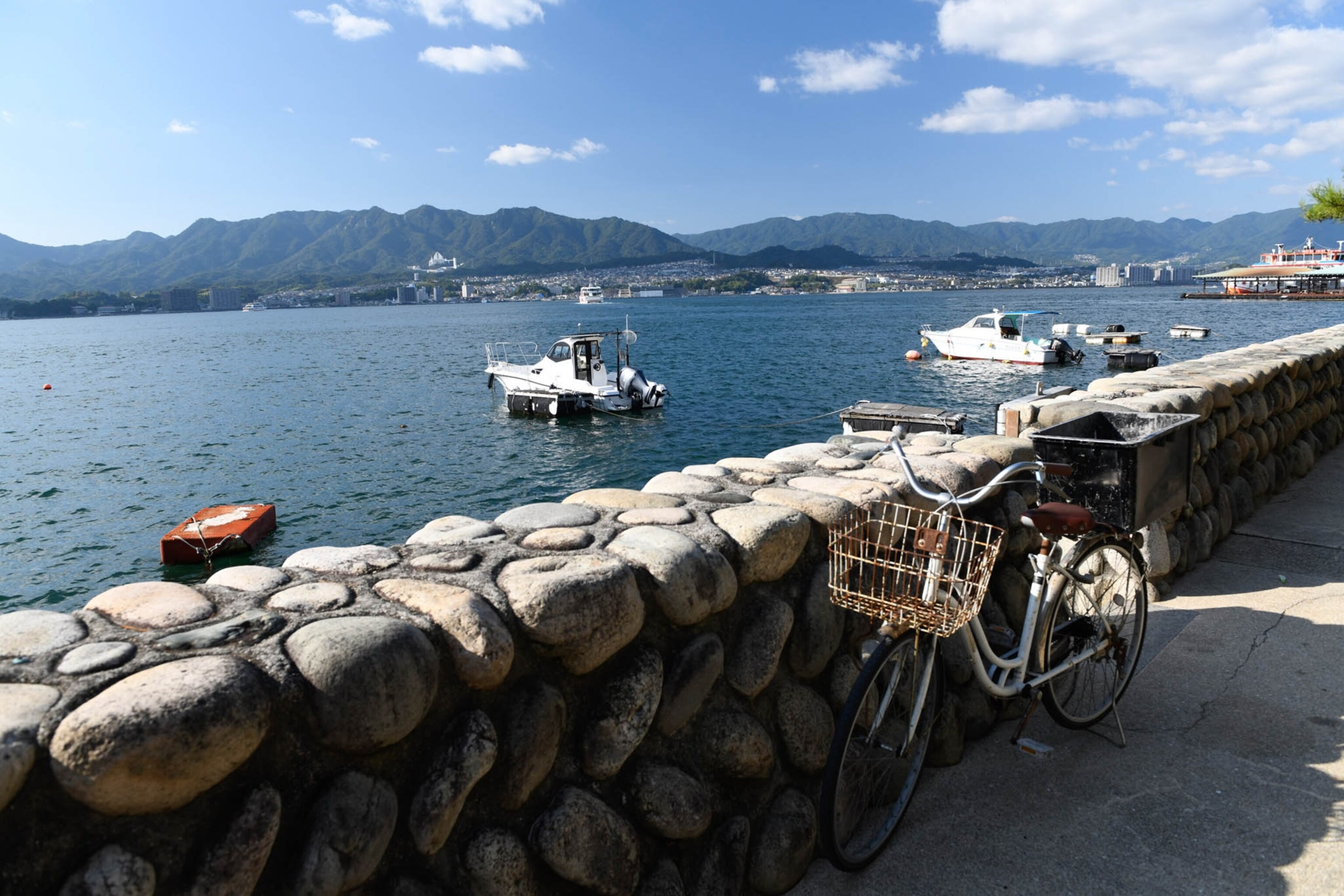
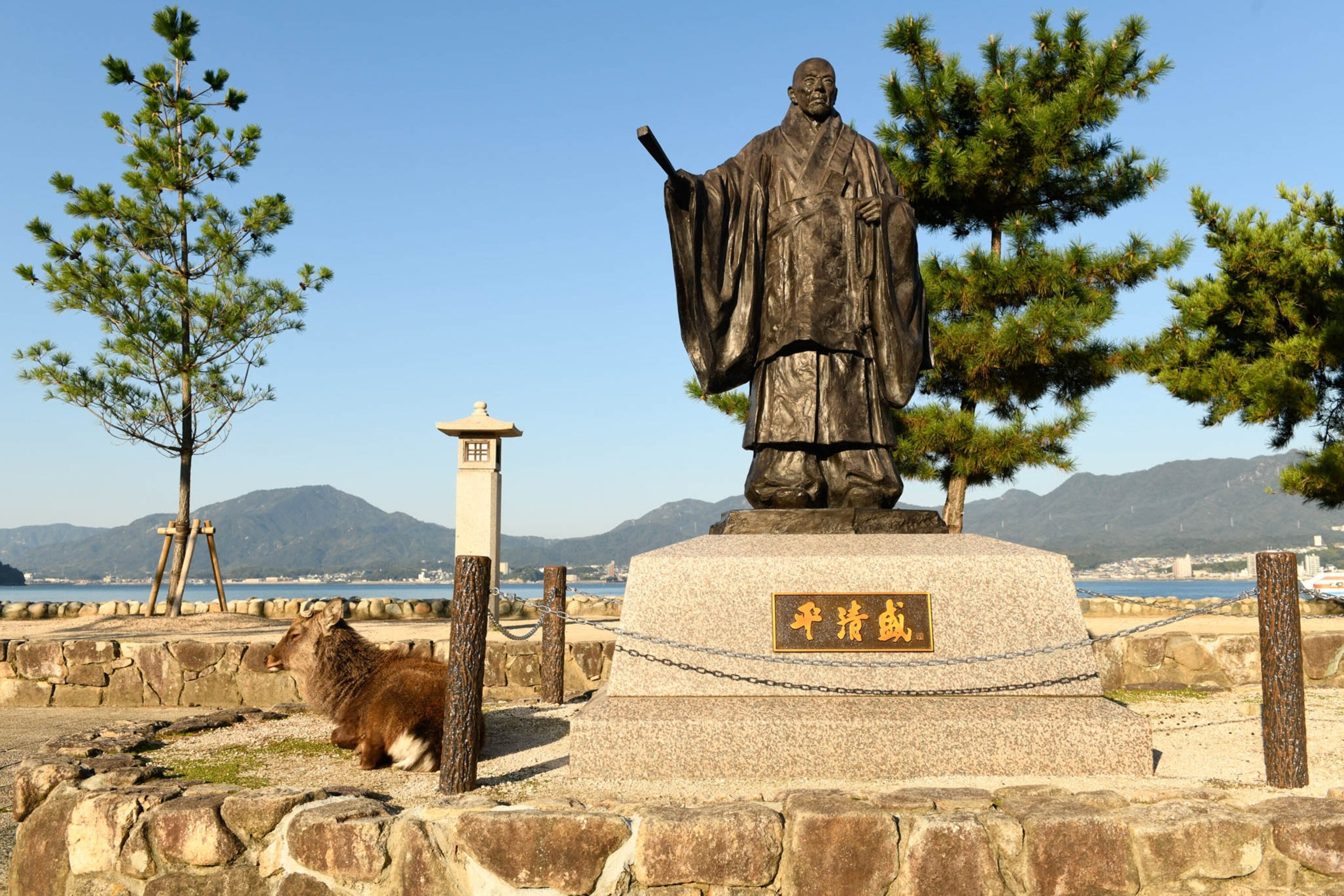
A 10-minute ferry ride from Hiroshima is a small island that packs a big punch with stunning views, not-so-wild wildlife, and one of Japan’s iconic “three views.”
Rising from the Seto Inland Sea, Itsukushima, more commonly called Miyajima, is a lushly green, mountainous island that swells with visitors during the day, then settles back into peaceful quiet each evening. The main village of Miyajima has charming shops, eateries serving seafood caught just feet away that morning, and ryokans (traditional inns) for visitors who aren’t quite ready to go back to the city yet.
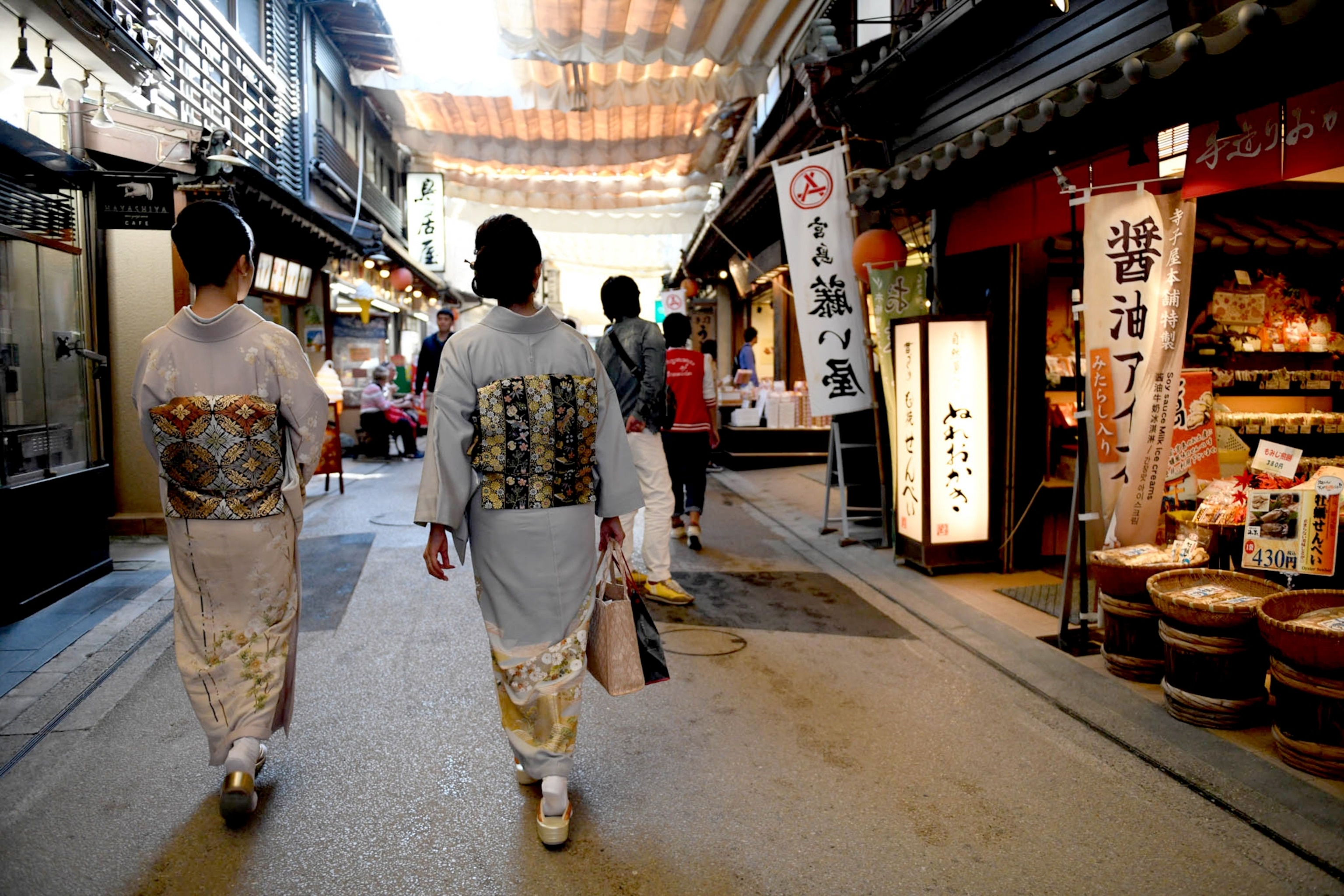
The island also has some unusual residents: More than a thousand friendly sika deer. Considered sacred in the Shinto religion, the deer have free run of the island, often wandering through town. Beyond the village, the island is mostly wilderness. Its high point is 1,739-foot Mount Misen; hikes to its summit wander through a thick forest of conifers.
- National Geographic Expeditions
ITSUKUSHIMA SHRINE
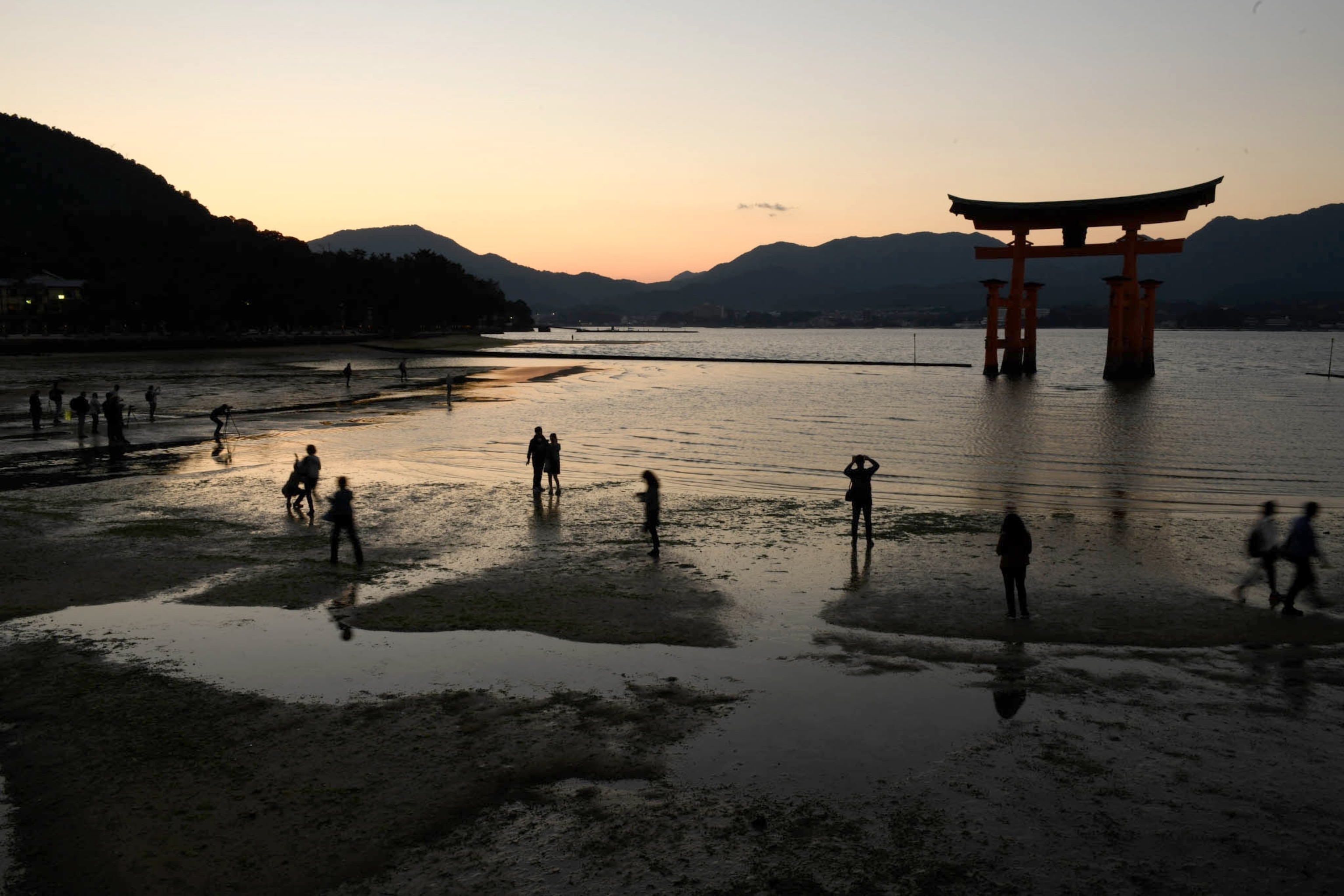
But the star attraction on Miyajima is unquestionably the Itsukushima Shrine, fronted by an enormous red torii gate that rises from the water. One of the largest torii in Japan, it stands nearly 55 feet tall, painted vermilion to keep evil spirits away. A gate has stood here since 1168; the current torii is the eighth one, built in 1875 of camphor and cedar. At high tide, the gate—and the shrine behind it—appear to float on the water. At low tide, visitors can walk to the foot of the torii, laid bare by the retreating water. The striking sight of the gate rising from the water is one of the three views of Japan, a designation said to date to the 17th century.
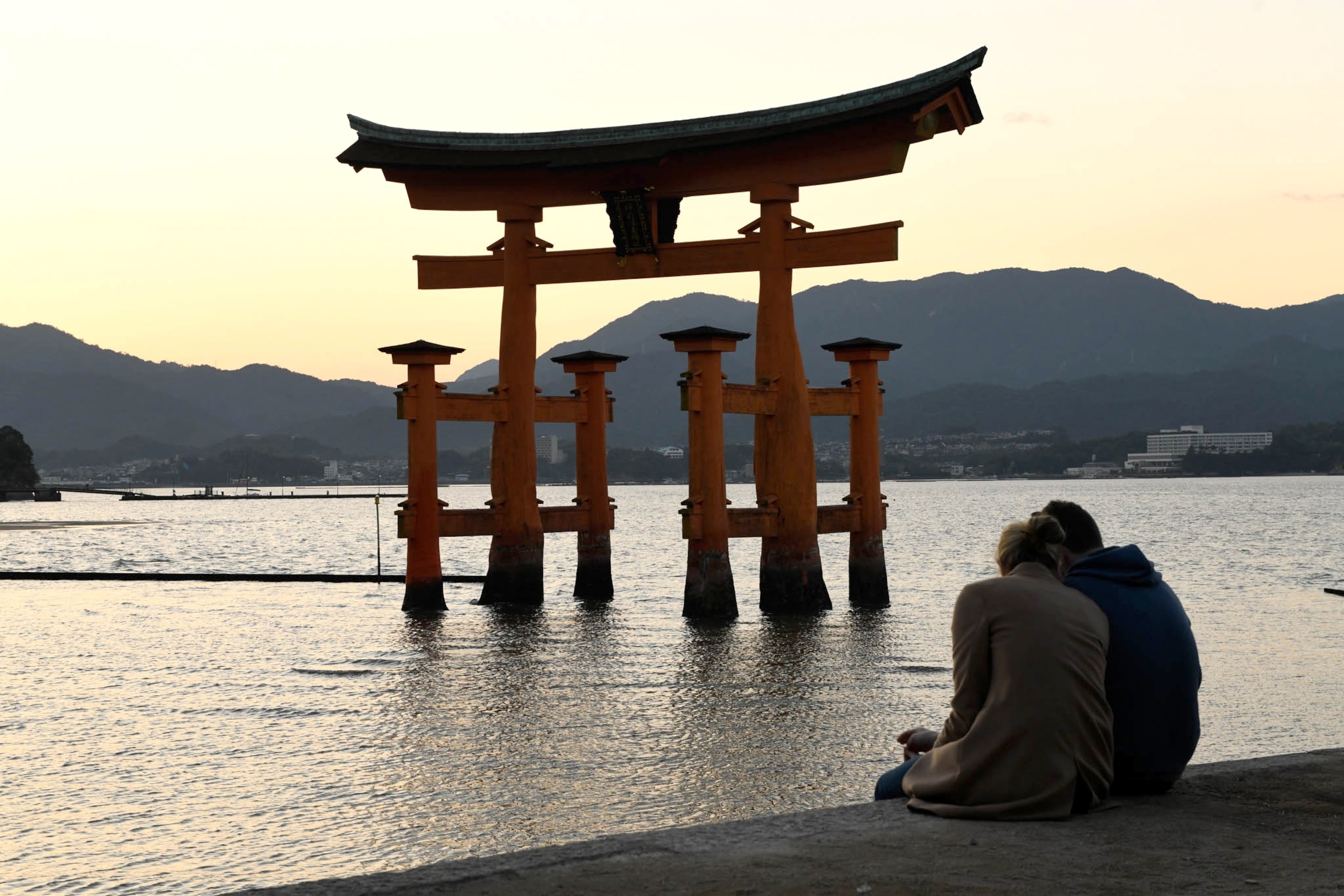
The Shinto shrine complex itself, a UNESCO World Heritage site, stretches low over the water, completing a trinity with the sea before it and the green mountains behind it. A shrine has been here since the sixth century; the present one was built in the 13th century. Seventeen buildings make up the complex, including a Noh stage for religious performances. Wide corridors lead between the buildings, which seem to float on the sea at high tide.
Nearby, the red-lacquered Five-Storied Pagoda (one of only a handful in the country) rises 90 feet above its surroundings. It was built in 1407 and restored in 1533, a striking mix of Buddhist and Japanese architecture.
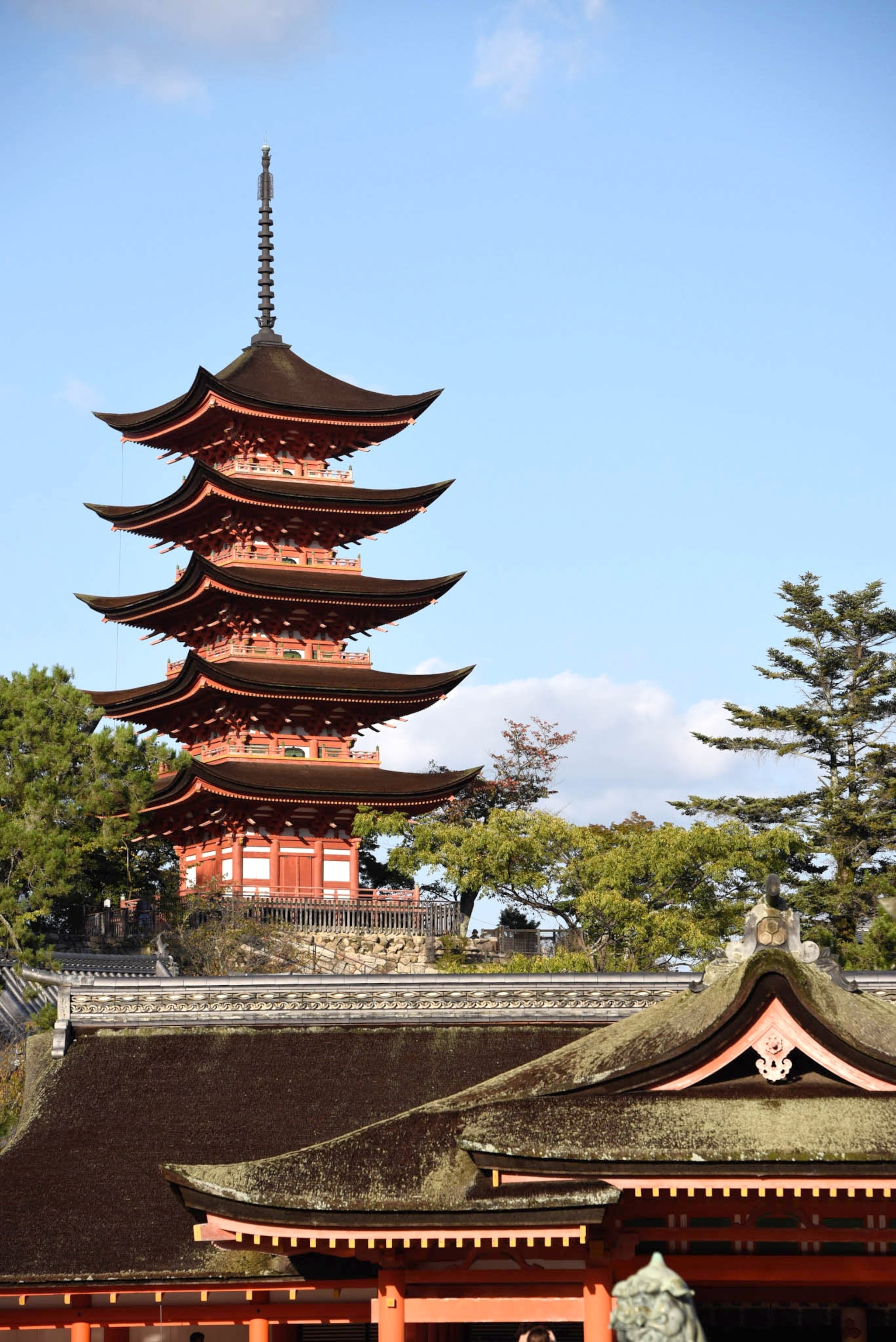
Nancy Gupton is a Washington, D.C.-based writer with too many books, too many cats, and a very long list of places she wants to visit. You can find her here.
